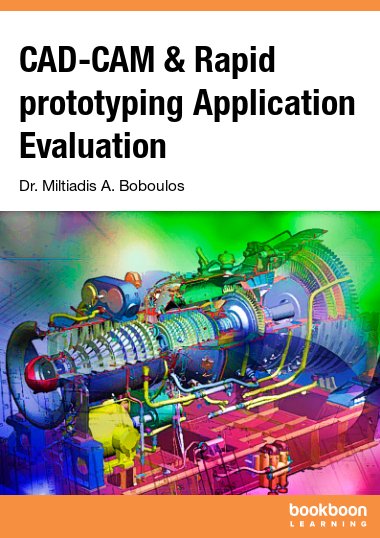CAD-CAM systems are probably the most significant development in the field of new technology related to engineering, design and drafting in all technical spheres. These systems find application in all branches of modern design. In current publication the author describes via review, analysis and case studies the state of art in the selection, application and implementation of such systems. New manufacturing technologies that build parts on a layer-by-layer basis are also analyzed. Using these technologies, manufacturing time for parts is rapid. A host of related technologies that are used to fabricate physical objects directly from Computer-Aided Design data sources are reviewed.

